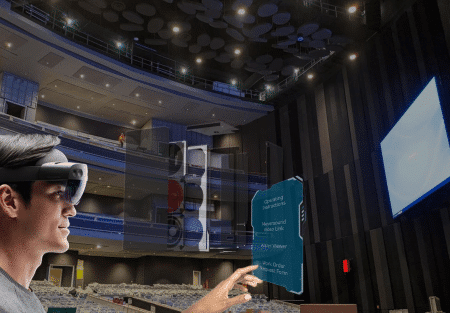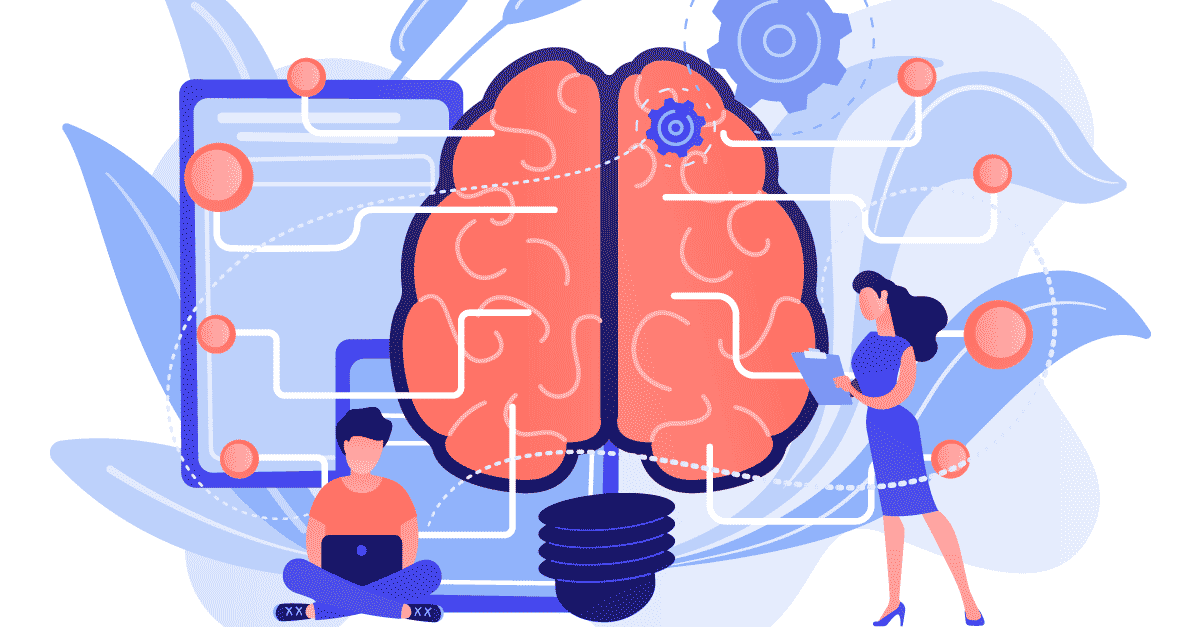
Isaac Asimov, in his 1942 short tale "Runaround," introduced the Three Laws of Robotics. These laws were already in Asimov’s earlier works. In this article, we'll look at how they apply to robot behavior and what implications they have on human behavior. Also, we'll discuss some of Asimov's influences on popular culture. This article will serve as a reference for you when building your next robot.
Three Laws of Asimov
Asimov's science fiction novels will have you familiar with the Three Laws of Human-robot Relationships. In essence, these laws state that a robot must follow human commands or it will kill people or itself. There is an exception to every law. In the novel, SkeleBot 9000, a robotic spy, has been designed to steal secrets and spy on humans. It would be harmful and useless if it broke the Three Laws.
When a robot is assigned to the task of killing human beings, The First Law is problematic. It is also lacking a precise definition. Despite the fact that humans are anthropomorphizing robots, current-day robots have difficulty understanding natural language. This is because humans and robots have completely different viewpoints. They may not have a common language. Anthromorphizing robots will cause more confusion, especially with increasing human-robot interactions.

Their influence on robot behavior
Researchers explored how humans and robots interact in the study on human-robot collaboration. While robots can be naturally cooperative, humans may need to balance how they lead and follow their human companions. This type of balancing act is likely to improve task-related productivity while maintaining social norms as well as trust between robots and humans. Researchers caution that further research is needed in order to discover if and how these goals influence human-robot cooperation.
Another study looked at the impact of human-robot interactions upon participants' attentional behavior and perceptions about the robot. The hypothesis was that human-robot interactions would improve user engagement, empathy, attention, and focus. As a result, robots with human-like features would engage users in a more personal and meaningful way. But this hypothesis may not hold true. Artificial intelligence and other methods are available to assess human-robot relationships.
Their implications for human behavior
Since Darwin's theories of evolution, evolutionary biologists have considered the evolution of cooperation in animals. Natural selection, natural selection and cooperation are the main theories. These theories have been the subject of heated debate. Cornell will host a dinner to discuss the latest developments in this field. These findings are still not clear if they can be used to benefit humans. These findings are worth further investigation. Hofer will not only discuss the origins of cooperation but also explain how social behavior has changed over time.
Their influence on popular culture
The Three Laws of Robotics of Asimov were mentioned first in I, Robot, but only one of them was mentioned. The other two robot stories did not make explicit mention of the Laws, and assumed that robots would follow the Laws on their own. Liar!, the third story in the robot series, mentions the Three Laws explicitly, but largely ignores the First Law. The Laws are not cited in explicit detail until Runaround, the fourth story in the robot series. The Laws apply in I, Robot, as well Runaround.

The universe's nature is the first law of robotics. Robots cannot always take over the human body and must be capable of making arbitrary choices. This is a fundamental characteristic of democratic systems. This means that the highest ranking entity in a hierarchy has to be reviewed by the subsequent entity. In other words, the laws of robotics must have some mechanism to adapt.
FAQ
What are some examples AI-related applications?
AI can be used in many areas including finance, healthcare and manufacturing. Here are a few examples.
-
Finance – AI is already helping banks detect fraud. AI can spot suspicious activity in transactions that exceed millions.
-
Healthcare - AI can be used to spot cancerous cells and diagnose diseases.
-
Manufacturing - AI can be used in factories to increase efficiency and lower costs.
-
Transportation - Self Driving Cars have been successfully demonstrated in California. They are being tested across the globe.
-
Utilities can use AI to monitor electricity usage patterns.
-
Education - AI is being used for educational purposes. Students can communicate with robots through their smartphones, for instance.
-
Government - Artificial Intelligence is used by governments to track criminals and terrorists as well as missing persons.
-
Law Enforcement - AI is being used as part of police investigations. Databases containing thousands hours of CCTV footage are available for detectives to search.
-
Defense - AI can both be used offensively and defensively. It is possible to hack into enemy computers using AI systems. Defensively, AI can be used to protect military bases against cyber attacks.
What is the current state of the AI sector?
The AI industry is expanding at an incredible rate. There will be 50 billion internet-connected devices by 2020, it is estimated. This will mean that we will all have access to AI technology on our phones, tablets, and laptops.
This will also mean that businesses will need to adapt to this shift in order to stay competitive. Companies that don't adapt to this shift risk losing customers.
Now, the question is: What business model would your use to profit from these opportunities? You could create a platform that allows users to upload their data and then connect it with others. Maybe you offer voice or image recognition services?
No matter what your decision, it is important to consider how you might position yourself in relation to your competitors. Although you might not always win, if you are smart and continue to innovate, you could win big!
How does AI work?
An algorithm is an instruction set that tells a computer how solves a problem. A sequence of steps can be used to express an algorithm. Each step has an execution date. A computer executes each instructions sequentially until all conditions can be met. This continues until the final result has been achieved.
For example, suppose you want the square root for 5. It is possible to write down every number between 1-10, calculate the square root for each and then take the average. However, this isn't practical. You can write the following formula instead:
sqrt(x) x^0.5
This means that you need to square your input, divide it with 2, and multiply it by 0.5.
This is the same way a computer works. The computer takes your input and squares it. Next, it multiplies it by 2, multiplies it by 0.5, adds 1, subtracts 1 and finally outputs the answer.
What can AI do?
AI has two main uses:
* Prediction - AI systems can predict future events. For example, a self-driving car can use AI to identify traffic lights and stop at red ones.
* Decision making - AI systems can make decisions for us. You can have your phone recognize faces and suggest people to call.
Statistics
- By using BrainBox AI, commercial buildings can reduce total energy costs by 25% and improves occupant comfort by 60%. (analyticsinsight.net)
- According to the company's website, more than 800 financial firms use AlphaSense, including some Fortune 500 corporations. (builtin.com)
- In 2019, AI adoption among large companies increased by 47% compared to 2018, according to the latest Artificial IntelligenceIndex report. (marsner.com)
- That's as many of us that have been in that AI space would say, it's about 70 or 80 percent of the work. (finra.org)
- Additionally, keeping in mind the current crisis, the AI is designed in a manner where it reduces the carbon footprint by 20-40%. (analyticsinsight.net)
External Links
How To
How to create an AI program that is simple
You will need to be able to program to build an AI program. There are many programming languages, but Python is our favorite. It's simple to learn and has lots of free resources online, such as YouTube videos and courses.
Here's a quick tutorial on how to set up a basic project called 'Hello World'.
First, you'll need to open a new file. On Windows, you can press Ctrl+N and on Macs Command+N to open a new file.
Type hello world in the box. Enter to save your file.
Now, press F5 to run the program.
The program should show Hello World!
This is just the start. These tutorials will show you how to create more complex programs.